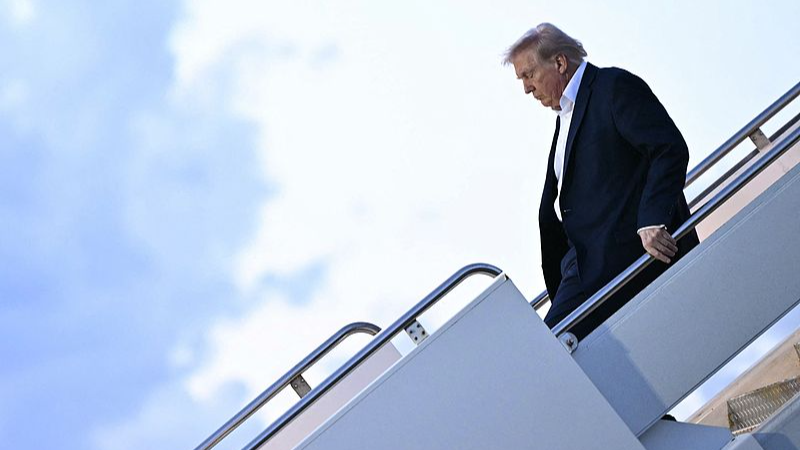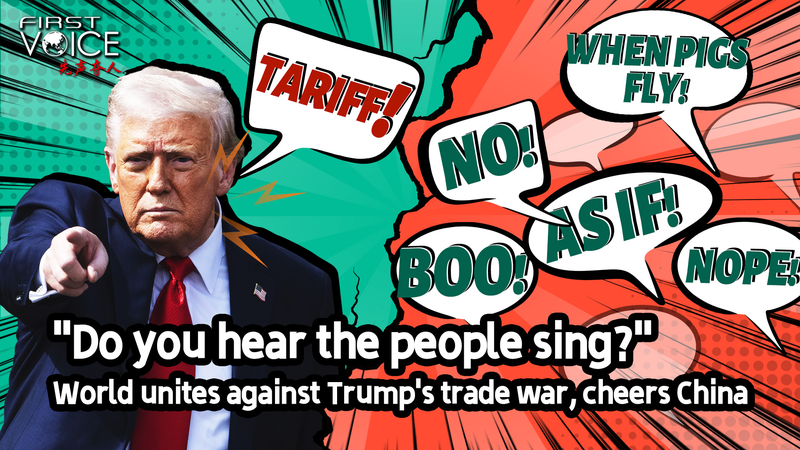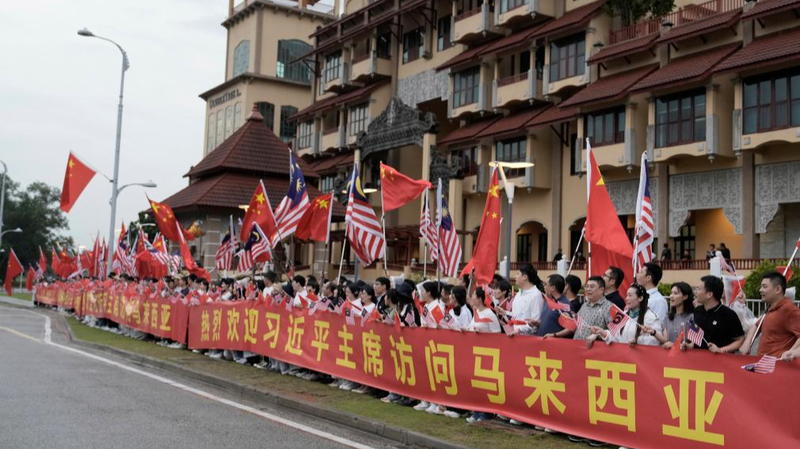The Biden administration has introduced a significant new round of tariffs, targeting $18 billion worth of imports from the Chinese mainland. This move is set to intensify the already tense relationship between the two global powerhouses.
The latest tariffs focus on a strategic array of products, including steel, aluminum, semiconductors, electric vehicles (EVs), lithium batteries, and personal protective equipment (PPE). Notably, tariffs on Chinese EVs have surged from 25 percent to a staggering 100 percent, while solar cell import taxes have doubled from 25 to 50 percent.
In an official statement, the White House highlighted concerns over \"China's unfair trade practices concerning technology transfer, intellectual property, and innovation are threatening American businesses and workers.\" The administration also pointed out that China is \"flooding global markets with artificially low-priced exports,\" a move they argue undermines fair competition.
This escalation follows previous tariffs implemented under the Section 301 framework, signaling a potential continuation of tariff-based trade warfare. Critics of the decision argue that it contradicts President Joe Biden's promises to avoid hampering China's development or pushing for an economic decoupling between the two nations.
The legitimacy of these new tariffs is currently a topic of debate, especially considering past World Trade Organization (WTO) rulings against similar measures. While the U.S. cites issues like forced technology transfer and intellectual property theft as justifications, some view these claims as weak protectionist tactics rather than substantive accusations.
As the global economy watches closely, the impact of these tariffs on both American consumers and Chinese exporters remains to be seen. The move could signal the start of a renewed trade conflict, reshaping international trade dynamics and economic strategies worldwide.
Reference(s):
cgtn.com




